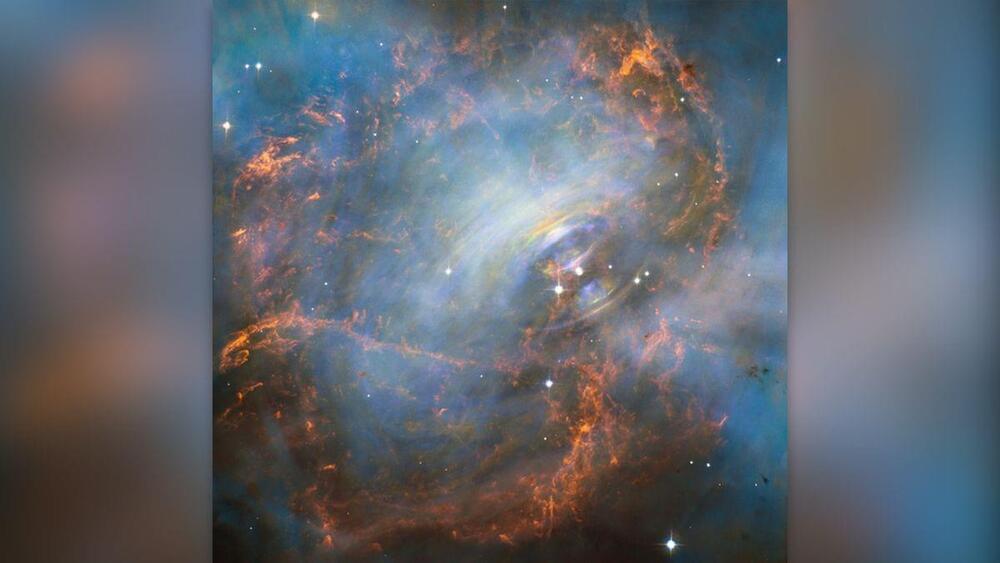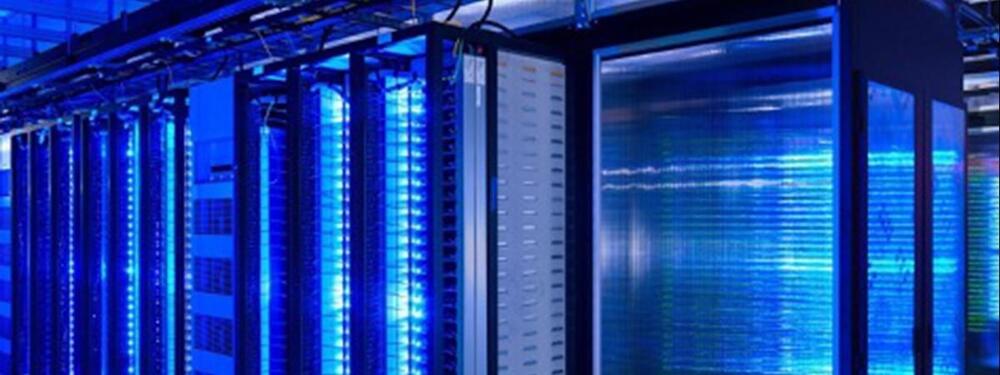The universe naturally gravitates towards disorder, and only through the input of energy can we combat this inevitable chaos. This idea is encapsulated in the concept of entropy, evident in everyday phenomena like ice melting, fires burning, and water boiling. However, zentropy theory introduces an additional layer to this understanding.
This theory was developed by a team led by Zi-Kui Liu, the distinguished Dorothy Pate Enright Professor of Materials Science and Engineering at Penn State. The “Z” in zentropy is derived from the German term “Zustandssumm,” which translates to the “sum over states” of entropy.
Alternatively, Liu said, zentropy may be considered as a play on the term “zen” from Buddhism and entropy to gain insight on the nature of a system. The idea, Liu said, is to consider how entropy can occur over multiple scales within a system to help predict potential outcomes of the system when influenced by its surroundings.








